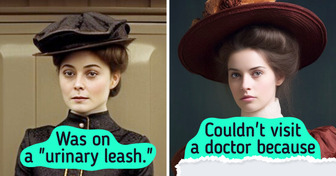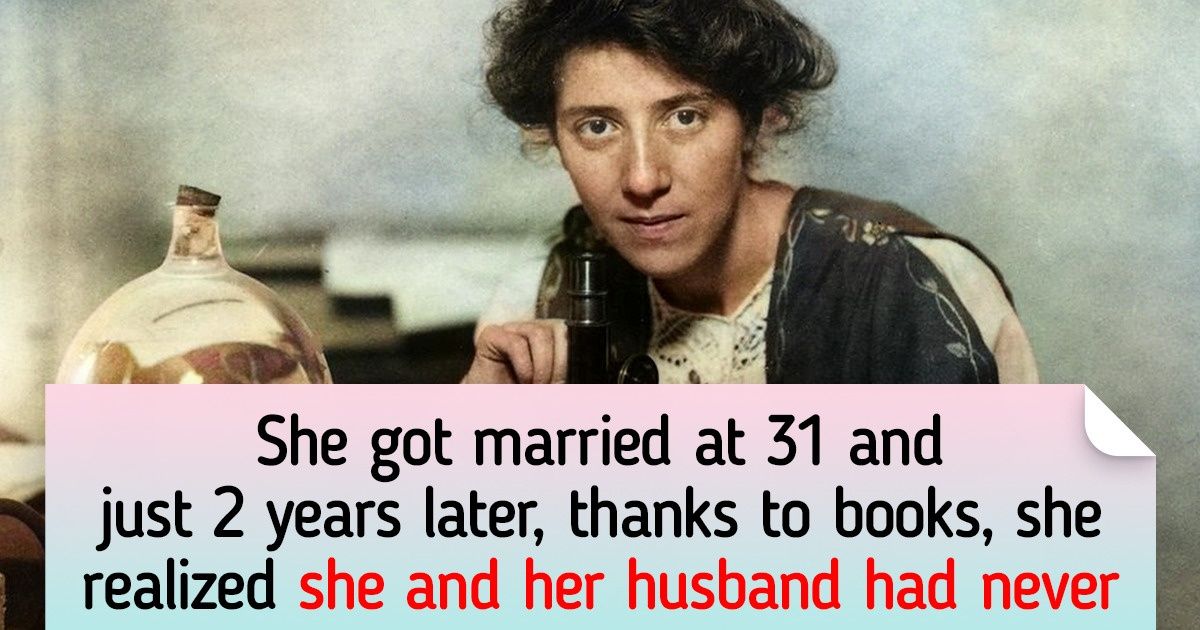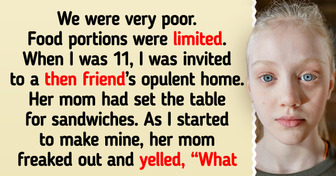8 Curious Facts About the Victorian Era That Made Us Appreciate the Current Times


The Victorian epoch named after Queen Victoria who ruled Great Britain from 1837 to 1901 is known for its high morals and strict rules, the breaking of which was condemned. Historians believe that the residents of the United Kingdom really changed for the better by the end of the 19th century. For example, they became kinder to animals, mentally ill people, and criminals.
At the same time, it was a period of sanctimony. Perhaps it’s hard to find a more controversial historical epoch and that’s why we at Bright Side couldn’t just pass by without finding out what life was like for the people of those times.
Marie Stopes.
This is how crinoline looks under a skirt.
Would you like to visit Victorian England? What other epochs would you like to go to?











